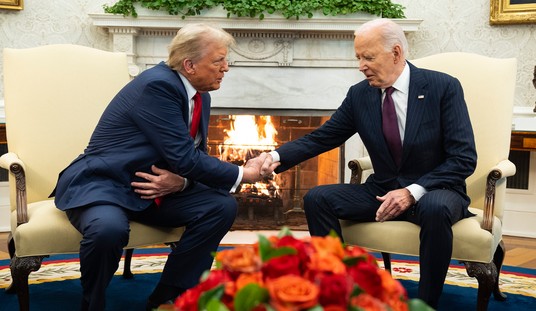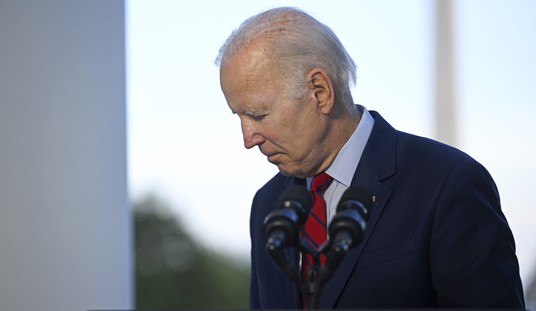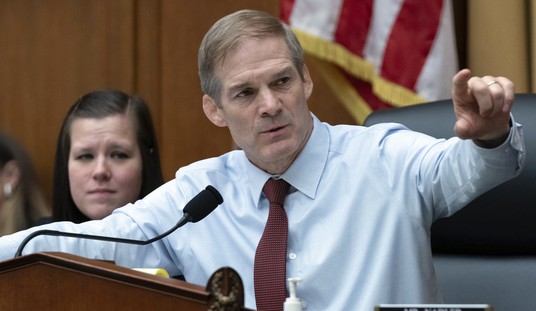Among the recommendations of the Report of the Surface Transportation Policy and Revenue Study Commission, entitled “Transportation for Tomorrow,” was an increased role for public transportation, including electric rail and bus vehicles. The recommendation for public transit was passed on a roll call vote of nine to three. The nine comprised five Republicans and four Democrats. (My vote was one of the nine.) The three negative votes were from Secretary of Transportation Mary E. Peters, former Acting Secretary Maria Cino and Cornell University Associate Professor of Policy Analysis and Management Rick Geddes. Geddes did not completely disagree with this recommendation but objected to the finance plans contained in other sections of the report, as well as the greater involvement of the Federal Government.
Why electrification? First, because the carbon footprint is not so pronounced with electric vehicles. Whereas hydrogen fuel cells may be available in the future, electric technology is available right now. Riders are attracted to electrically driven vehicles. We have gone so far as to suggest that Metropolitan Statistical Areas (MSA), the formal definition of metropolitan areas produced by the United States Office of Management and Budget, should determine what kind of electric vehicles may be available for usage. For example, a small city of 50,000 people or more, as defined by the MSA, may be available for electric vehicles. A metropolitan area significantly above that category may wish to use streetcars. A metropolitan area above one million may wish to use light rail, bringing folks to downtown from the suburbs or connecting different suburbs, with streetcars supplementing light rail. For a metropolis of several million heavy rail would be recommended, with different combinations of light rail and streetcars supplementing heavy rail and commuter rail.
We are convinced that electric transit vehicles are the way to go in the current times. As previously mentioned, the public takes to such transit lines as demonstrated in cities from east to west. The Hudson-Bergen Interurban runs from Jersey City to Weehawken via Hoboken. The interurban line in Portland, Oregon runs from Gresham to Hillsboro via Portland. There are some twenty light rail lines between the suburbs and the core urban area. With only one exception, each of the light rail lines has exceeded expectations for ridership. Five of these systems predate the rail revival, the other 15 are brand new in such places as Denver, Dallas, Phoenix and San Diego.
Recommended
As effective as the light rail lines have been so also have been the streetcar lines. There are 15 cities which boast of streetcar lines. Some are modern car lines with sleek new streetcars, usually built in the Czech Republic. Portland, Seattle and Tacoma have such new car lines. The others are so called Heritage streetcar lines. These include cities with re-manufactured PCC or President’s Conference Committee streetcars. They were developed in the 1930s, aimed at making streetcars more competitive with bus and jitney systems. These include Boston, Philadelphia, Kenosha and San Francisco. Other cities include those which have very old streetcars. Those include Memphis, Dallas and Tucson. These cities operate a regular schedule. Most are part of the municipal transit systems. These streetcars are bringing development to the areas served. That is why a dozen cities are strongly considering developing Heritage streetcar lines in the downtown area. Birmingham, Alabama may soon develop a Heritage streetcar line in the downtown are. Washington, D.C., in the Anacostia area, appears to be the next community to develop a modern streetcar line.
If indeed Congress follows the recommendations of our Commission many more cities will be turning to electric railways of one sort or another in the years to come. The odd vehicle out has been the electric trolley bus. These buses were largely used to take the place of streetcars. Many of us figured that if any electric vehicle would be revived it would be the trolley bus. That proved not to be the case. It was streetcars and light rail which were revived. The electric bus saw further abandonments even after the light rail revival which began in Edmonton, Alberta in 1978. Light rail came to the United States in San Diego in 1981. Thus, if Congress follows our recommendations we may yet see the revival of the electric trolley bus in smaller communities throughout the United States. There are only five cities in the United States with trolley bus systems. They include Boston, Philadelphia, Dayton, San Francisco and Seattle. Four are secure. But the management of the Dayton system has indicated that when those relatively new buses had to be replaced the electric bus system would be abandoned. There are but two electric trolley bus systems left in Canada – Edmonton, Alberta and Vancouver, British Columbia. The Vancouver system is safe. The management of the Alberta system wants to abandon it. However, the public outcry has saved the current five lines. But those lines operate very old buses. Unless new buses were purchased soon it would be a moot point. Those old buses will not operate for many more years.
In the case of the USA it will all depend upon Congress. The House of Representatives seems very interested in our recommendations. We have no idea about the Senate. Only time will tell.
























Join the conversation as a VIP Member